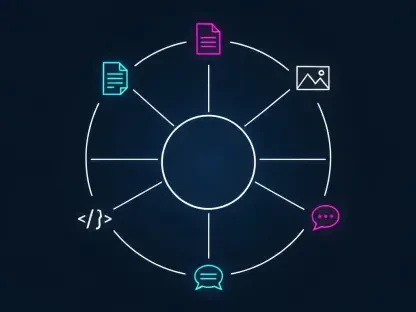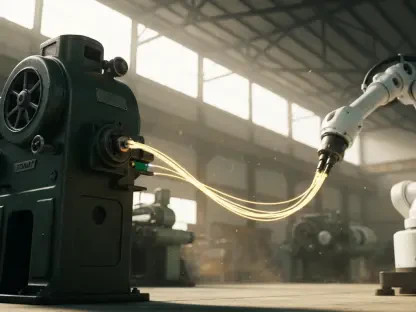As industries strive for precision and efficiency, laser tracker technology emerges as a transformative tool, spearheading advancements in various sectors. Precision is paramount in manufacturing and robotics, where even minuscule deviations can lead to substantial operational inefficiencies. Researchers have been addressing these concerns, giving rise to the widespread adoption of laser trackers—revolutionizing the trajectory of robotic precision with substantial implications across diverse applications.
Overview and Key Features
Laser tracker technology operates using interferometry or absolute distance measurement techniques to achieve unparalleled precision in dimensional measurements, positioning, and alignment. The core components, including a laser emitter, retro-reflectors, and sophisticated software, collaborate to deliver real-time positional feedback, ensuring accuracy and efficiency within the operating environment. Such precision not only streamlines operations but enhances the quality and reliability of manufactured products.
High-precision measurement is at the heart of laser tracker technology, offering functionalities that deliver sub-micron precision. This ability to precisely capture and replicate measurements elevates the design, assembly, and inspection stages in manufacturing processes. Moreover, the implementation of real-time feedback systems enables dynamic adjustments and minimizes errors by constantly updating the robot’s position, thus aligning with stringent operational requirements.
Emerging Innovations
Recent years have witnessed significant innovations in laser tracker technology, advancing capabilities beyond traditional measurement applications. Manufacturers are developing more compact, versatile systems to expand accessibility across industries. Continuous advancements in software algorithms and data processing techniques have propelled laser trackers to a new level of functionality, fostering wider adoption across innovative sectors.
Contributing significantly to this trend is the integration of active grippers with enhanced motion resolution, comprising high-resolution joints that enhance robotic arms’ functional scope while maintaining precision. Laser trackers have demonstrated an 82% improvement in robotic positional accuracy, exemplifying the profound impact on modern robotics, especially in tasks requiring meticulous detail, such as additive manufacturing and complex assembly operations.
Real-World Applications and Impact
In the industrial sphere, sectors such as aerospace, automotive, and electronics enthusiastically deploy laser trackers. These sectors benefit from laser trackers’ ability to boost production accuracy and reduce downtime, subsequently lowering production and maintenance costs. With significant operational enhancements and increased lifespan of older machines, companies are capitalizing on the technology’s potential to transform existing infrastructures without heavy investments in new machinery.
Beyond traditional applications, sectors like infrastructure development and renewable energy have adapted laser trackers to enhance their operational capabilities. Notable implementations include precisely aligning massive turbines and monitoring structural integrity, demonstrating the technology’s versatility in addressing unique engineering challenges.
Current Challenges and Limitations
Despite the promising outlook, several challenges hinder laser tracker technology’s full potential. Technical limitations, such as environmental factors affecting laser beam accuracy, and the need for advanced software competence pose significant deployment obstacles. Furthermore, regulatory and compliance issues related to precision equipment usage introduce additional complexities.
Ongoing development efforts focus on overcoming these hurdles through advanced materials, enhanced software interfaces, and streamlined regulatory processes. Researchers assert that the continuous refinement of this technology will soon mitigate these challenges, facilitating broader industry integration.
Future Prospects
As laser tracker technology continues to evolve, prospects for future breakthroughs remain optimistic. Emerging trends suggest further miniaturization and increased integration with AI-driven analytics, creating autonomous systems capable of unprecedented accuracy and reduced human intervention. These advancements promise broader implications for industries, enhancing product creation, inspection protocols, and automated workflows.
The laser tracker landscape anticipates increasing intersectoral collaborations to exploit these advancements, paving the way for innovative applications and processes within tech-driven frameworks. Future developments hold the potential to transform industrial landscapes, propelling operational effectiveness, sustainability, and economic growth across global markets.
Summary and Conclusions
In reviewing laser tracker technology, it is clear that its current capabilities are transformative, reshaping precision-driven industries with substantial advancements in accuracy and operational efficacy. Emerging innovations and potential breakthroughs present significant opportunities, offering pathways to superior efficiency, sustainability, and competitiveness within various industrial sectors. The laser tracker’s evolving role indicates a promising future, with potential to redefine technological paradigms and foster innovation across manufacturing and other critical fields.









